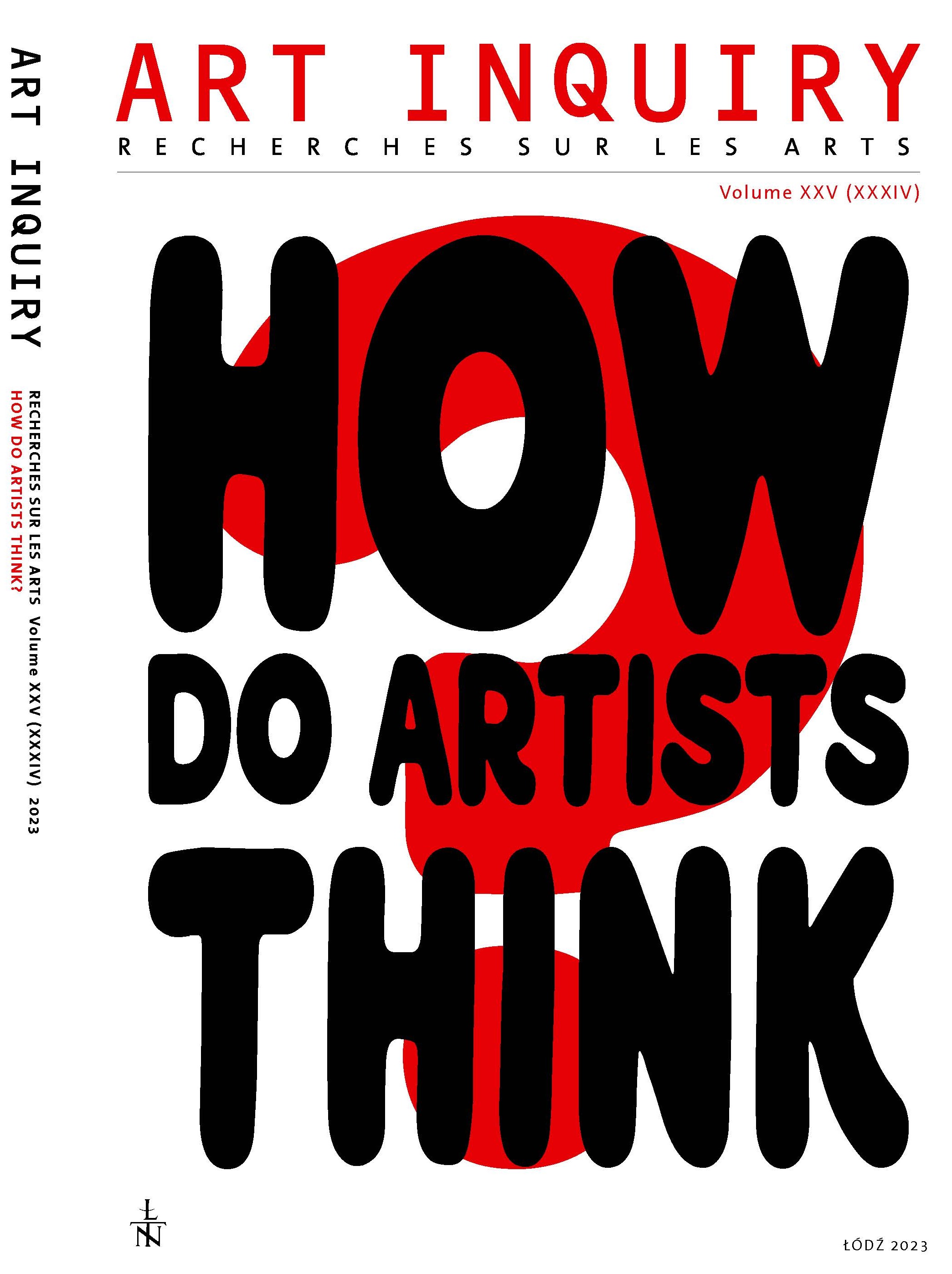How designers think. Conceptual blending in design
DOI:
https://doi.org/10.26485/AI/2023/25/8Keywords:
design, conceptual blending, metaphor, visual thinkingAbstract
The article aims at pointing out those areas of design in which a structure of metaphor1 can be useful and testing out its sufficiency. The basis for reflection are examples of existing design solutions. Decisions made by designers on the future shape, functionality and appearance of an object are rooted in their knowledge about the material world and human needs, but also transfer their ideas regarding the role and purpose of design itself in social life. The presented examples relate to a specific way of thinking common for designers working on a project. The article argues that a designer's way of thinking can be broadly described using a conceptual blending model rather than a metaphor structure which does not always apply. In Polish literature, conceptual blending, translated as amalgamaty pojęciowe, refers to linguistics and is mostly used in linguistic research. The article proposes a different translation, amalgamaty koncepcyjne, as a broader term which can also be used in visual thinking research, as well as design.
References
Black Max (1971) Metafora, [in:] „Pamiętnik Literacki LXII”, vol. 3, pp. 217-234.
FauconnierGilles, Turner Mark (2002) The way we think. Conceptual blending and the mind's hidden complexities, New York: Basic Books.
Fauconnier Gilles, Turner Mark (2019) Jak myślimy. Mieszaniny pojęciowe i ukryta złożoność umysłu, transl. I. Michalska. Warszawa: Fundacja Augusta Hr. Cieszkowskieg, Biblioteka Kwartalnika Kronos.
FultonSuriJane (2018). Poetic Observation: What Designers Make of What They See, [in:] Clarke Alison J. (ed.) Design Anthropology: Object Culture in the 21st Century, London: Bloomsbury Academic, pp. 69-85.
Gemel Aleksander (2017) Codzienność metafory w perspektywie kognitywistycznej. Próba krytycznej analizy, [in:] „NAUKI O WYCHOWANIU. STUDIA INTERDYSCYPLINARNE” NUMER 2016/1(2), (pp. 172-186).
Giddens Anthony (2010). Nowoczesność i tożsamość, transl. A. Szulżycka. Warszawa: PWN.
Lakoff George, Johnson Mark (2010) Metafory w naszym życiu, transl. T. P. Krzeszowski, Warszawa, Aletheia.
Libura Agnieszka (2007) Amalgamaty kognitywne w sztuce, Kraków: Universitas.
Papanek Victor (1973). Design for the real World, Toront/ New York/ London: Bantam Books.
Papanek Victor ( 2012). Design dlarealnegoświata, Łódź: Recto Verso.
Simonsen Jesper, Robertson Toni (2012) Routledge International Handbook of Participatory Design, London: Routledge.
Starakiewicz Maja (2019) Model i metafora. Komunikacja wizualna w humanistyce, Kraków: Korporacja Ha!art.
SudjicDeyan (2013) Język rzeczy. Dizajn i luksus, moda i sztuka. W jaki sposób przedmioty nas uwodzą?, Kraków: Karakter.
Downloads
Published
Issue
Section
License

This work is licensed under a Creative Commons Attribution-NonCommercial-NoDerivatives 4.0 International License.





